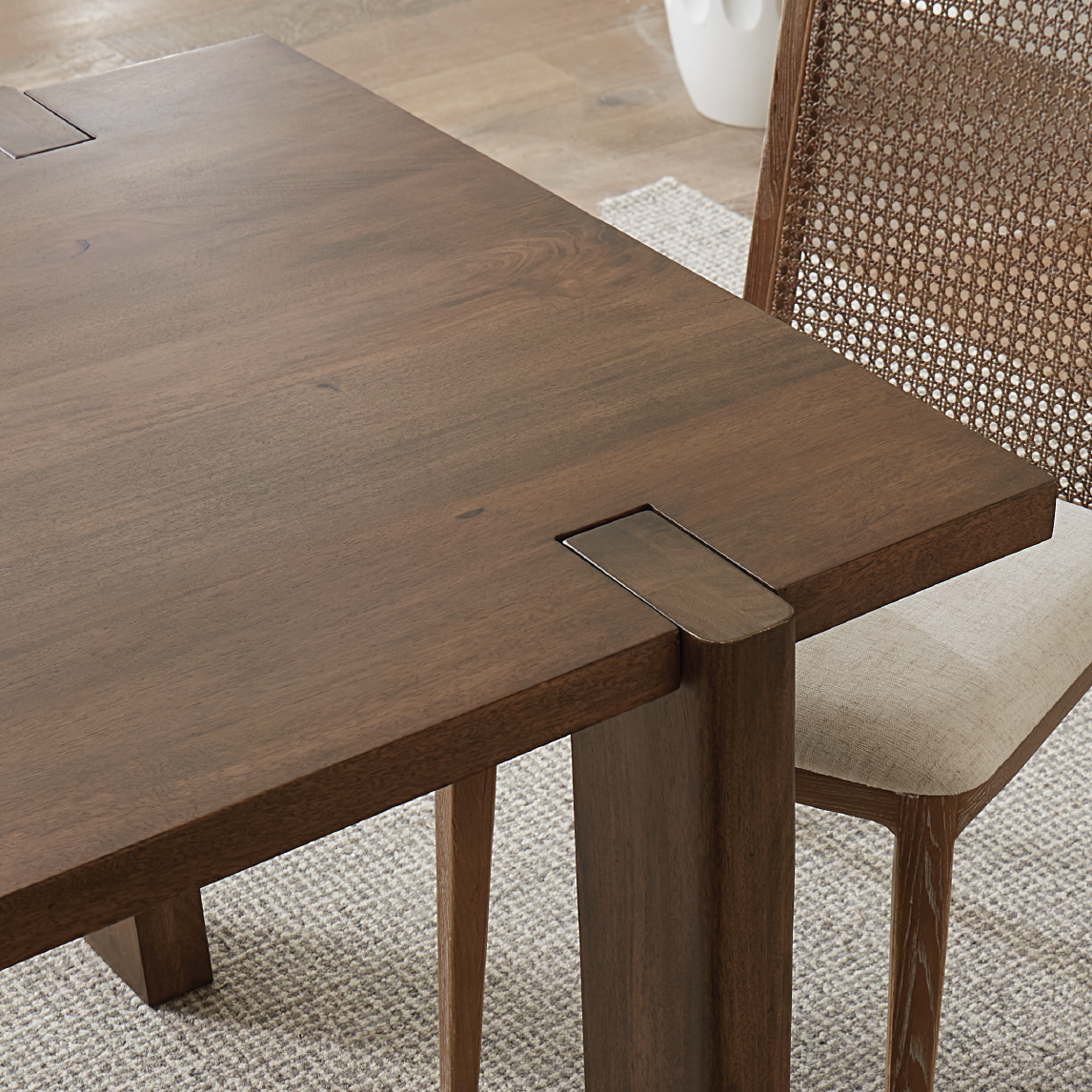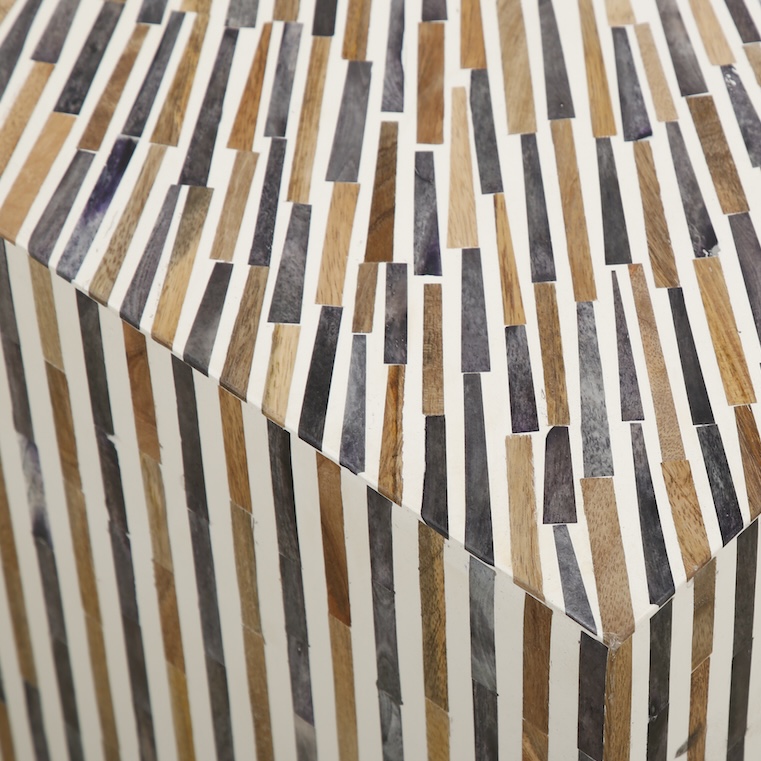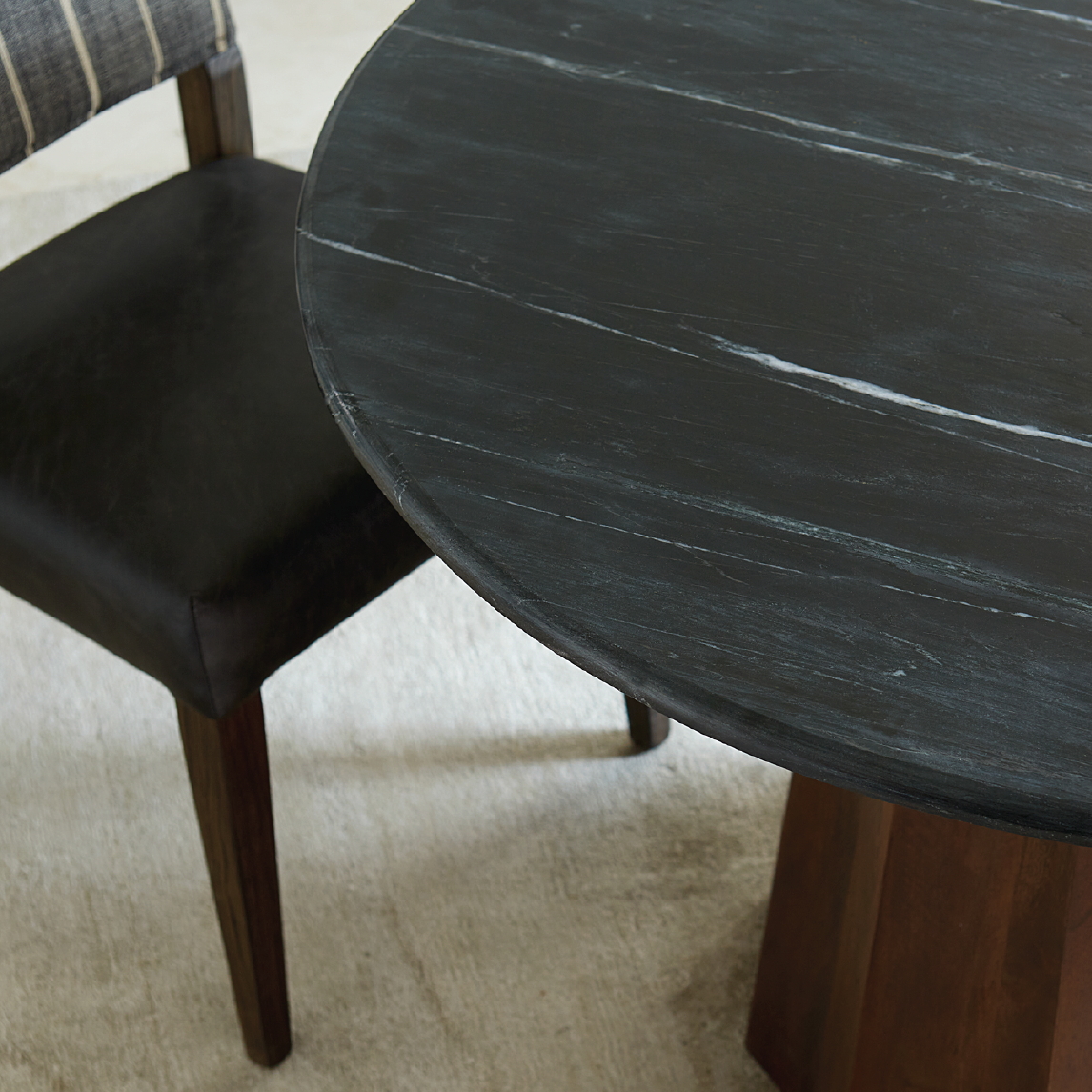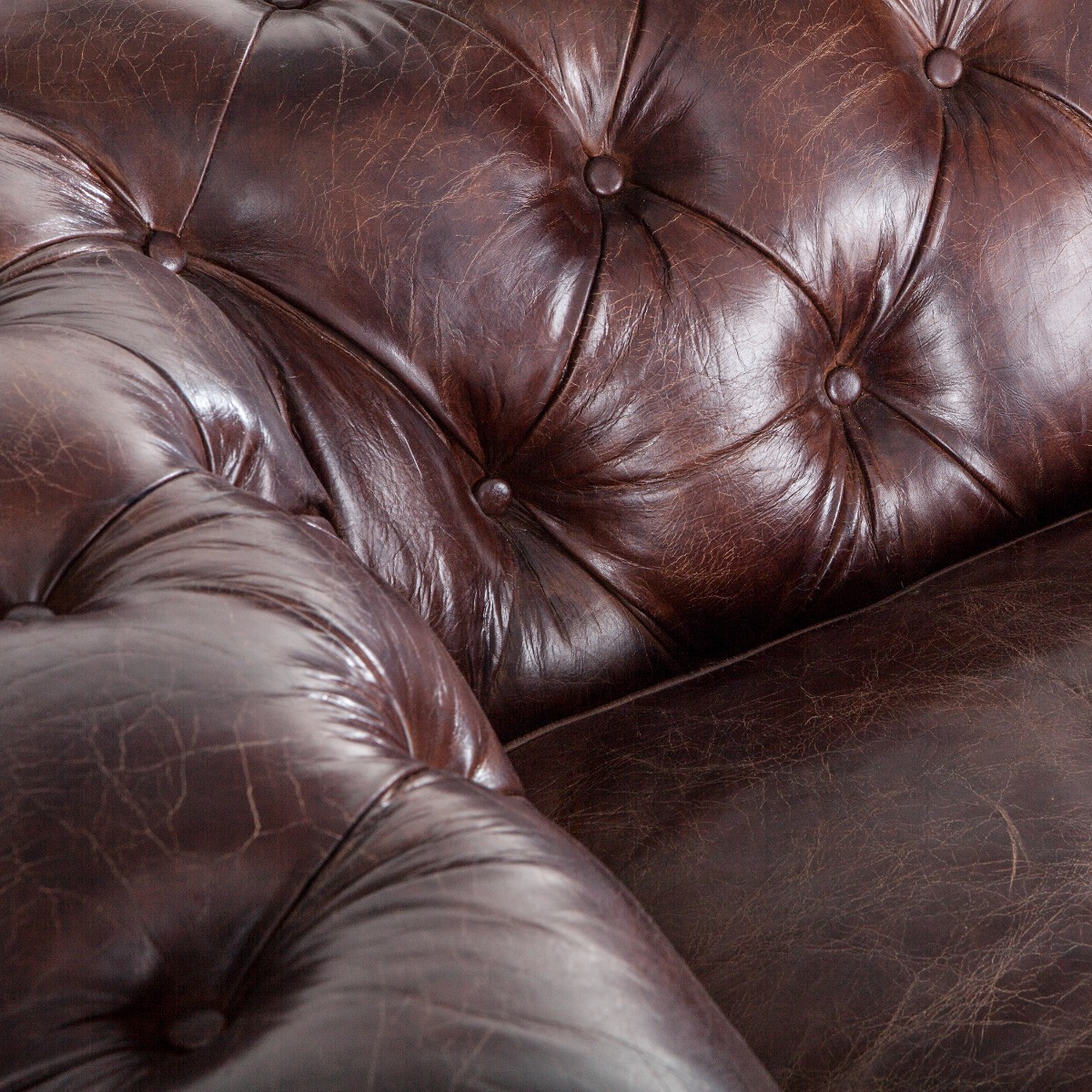PRODUCT CARE
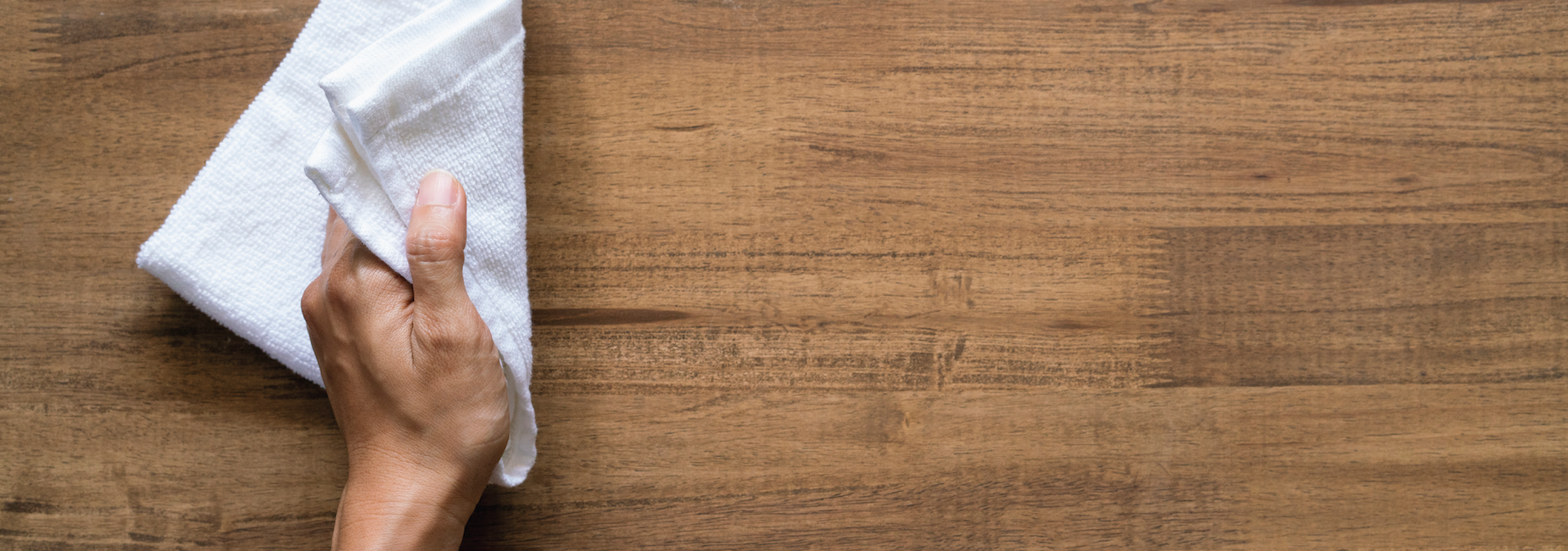

To ensure your furniture becomes tomorrow's heirloom, all it takes is a few simple steps.
Your home furnishings, crafted with fine materials and meticulous craftsmanship, will age gracefully when given daily care and use.
SOLID WOOD
Exposure to sunlight, heating vents, air conditioning, and extreme climates like high mountains, deserts, or extreme cold and heat can accelerate the aging process of real wood furniture. These natural influences may lead to more pronounced checking and cracking than what is typical in milder climates. It's important to note that these effects are not manufacturing defects but rather a consequence of the environment, beyond the manufacturer's control. When choosing furniture with panels that may shrink, exposing raw wood, and visible cracking, customers in extreme environments should be aware of these potential outcomes. Generally, these factors won't compromise the piece's structural integrity unless conditions are exceptionally harsh.
To help prevent damaging effects, we recommend using a non-wax furniture polish. Polishes containing ammonia, oil or silicone should never be used on HTD furniture, as these chemicals will degrade the lacquer finish and cause permanent damage.
If damage does occur, or in cases where natural elements cause significant changes to the wood's characteristics, you may need to arrange for maintenance by an experienced Mohawk technician. Though highly unlikely, splits and defects can also be fully resolved with their assistance.
Routine Cleaning
Thanks to HTD's 7-step catalyzed finishing process on Mango, Acacia, or Neem wood tables, there's no need for chemicals or citrus-based cleaners.
Use a cloth dampened with warm water and mild soap to clean your furniture.
Be sure to promptly wipe up any spills from your furniture. When it comes to furniture with catalyzed lacquer or water-based finishes, cool or room temperature items typically have no adverse effects when placed on solid wood. However, exercise caution when putting hot items, coffee, or hot serving dishes directly on these tables, as it can cause the finish to cloud. To preserve your finish, it's advisable to use placemats or beverage coasters as protective barriers between the wood and food products.
What is the best way to take care of your wood furniture?
If specific areas of the wood appear to dry out over time, you can apply a light lemon oil to help preserve the wood.
For raw or antique finishes, we suggest dusting with a clean cloth and avoiding the use of oil or other furniture polishes/cleaners that might darken the appearance. Furniture with raw, semi-raw, or antique finishes are susceptible to staining from grease, wine, and other food and beverage products, as well as water.
MARBLE &
NATURAL STONE
Normal everyday use will not harm our furniture's finish, but prolonged exposure to extreme conditions such as high temperature and moisture, or continual sunlight may cause some visible effects to appear.
Routine Cleaning
To clean natural stone tabletops, it's important to use neutral cleaners specifically designed for stone. These concentrated pH neutral cleaners are safe for existing sealers/coatings and should never contain acid or bleach.
To maintain the pristine appearance of your HTD furniture, incorporate regular dusting with a clean, damp, lint-free cloth into your routine. Avoiding dirty surfaces can prevent scratches. Too much cleaner or soap may leave a film and cause streaks. Additionally, exercise caution when placing hot items on the surface by always using a trivet or coaster between your furniture and hot dishes.
Keep in mind, Stone and Marble are porous materials and spills should be cleaned up immediately to prevent staining.
BONE INLAY
Bone inlay furniture is a unique and classic design, but it needs to be cleaned with care. The best way to clean bone inlay furniture is by using a damp cloth or a cleaner specifically for the type of material. To maintain the vibrancy and longevity of your bone inlay furniture, it's crucial to perform regular cleaning. However, it's important to note that excessive or improper cleaning can lead to dullness over time. Striking the right balance is key to preserving the beauty and quality of your bone inlay pieces. Prevent bone products from exposure to direct sunlight, as UV rays can cause fading and damage.
Avoid placing anything wet or moist directly on your bone inlay furniture. Refrain from putting hot items directly on your bone inlay furniture.
Routine Cleaning
1 Dust regularly by using a dry microfiber cloth or cotton swab with gentle pressure along each groove and crevice of your furniture. Consistent dusting is crucial as it prevents the buildup of dust, which can be challenging to remove once it settles into cracks and crevices. Be diligent in your dusting routine to keep your furniture looking its best.
2 Use a damp cloth and mild soap for cleaning bone inlay furniture. Known for its intricate beauty, bone inlay can be a challenge to clean. After gently dusting off surface dirt, proceed to wipe away grime from all the cracks and crevices by using a soft cloth as needed until the furniture is thoroughly cleaned. Remember to be gentle when dusting to ensure a thorough cleaning.
3 Use a soft toothbrush, as this is the most effective way in restoring the shine and cleanliness of your bone inlay. This gentle tool is perfect for scrubbing away stains or dirt that may have collected on the furniture's surface and crevices.
4 Use recommended All-Purpose Cleaners. Cleaning your bone inlay furniture can be a tedious and difficult task. Make sure to use a recommended all-purpose cleaner that will gently clean off traces of dirt or stains from the surface. Avoid harsh cleaning products, as they can potentially harm your furniture.
5 Remove scratches with colorless beeswax, which is a common way to clean damaged bone inlay furniture. Wax can go deeper down these crevices and fix much more serious scratches.
LEATHER
Cleaning leather is vital for preserving the fresh appearance of your leather items. Each leather chair is unique, featuring variations in color and markings, natural lines, scuffs, and areas where the leather stretches, adding to its rustic charm. These intentional features create an "antiquing" effect, enhancing the chair's distinct beauty. To keep top-grain leather in great shape, clean and condition it regularly to prevent dirt, stains, and dryness. We recommend cleaning as required and conditioning every six months, ensuring thorough drying. Additionally, protect your leather from prolonged exposure to extreme temperatures, moisture, or direct sunlight. Leather, like many things, improves with age, developing a rich, textured patina over time.
Routine Cleaning
Use a purpose-made leather cleaner or leather oil for your leather components for safe and effective cleaning. When it comes to cleaning leather, it's important to know what to avoid. These products can harm leather by causing fading, stripping moisture and dyes, and damaging stitching. It's vital to choose safe cleaning methods to preserve your leather items.
Here's a list of items you should steer clear of Baking soda, Vinegar, Fingernail polish remover, Windex, Disinfectant wipes, and Bleach.
UPHOLSTERY & SUEDE
For our fabric chairs, simply vacuum to remove dust or debris. In case of spills, use a mild soap and water mixture, blot with a dry cloth instead of rubbing. Work inward while being cautious not to rub it further into the linen upholstery fabric.
Gently brush away dirt from suede using a suede brush, and address stains promptly.
Additionally, it's essential to keep your upholstery away from direct sunlight to maintain its quality and appearance.
CAST IRON
Cast Iron possesses exceptional rigidity and is carefully hand-poured into our casting pans using an old-world method, resulting in its distinctive and naturally beautiful appearance. Below are the steps in cleaning and maintaining your cast iron furniture.
Routine Cleaning
1 Prepare a solution by mixing water with a mild detergent in a bucket, ensuring thorough mixing.
2 Wipe down the cast iron with this solution, then rinse with cool, clean water. Dry thoroughly using a soft, lint-free cloth or towel.
3 To treat rust, clean the affected areas using a brass or steel wire brush. Wipe down iron with a dry cloth to remove any remaining particles.
4 Scrub the furniture with the solution of water and mild soap, then ensure thorough drying once it's clean.
5 To seal cast iron furniture, apply a liberal coat of clear polyurethane to protect the surface.
